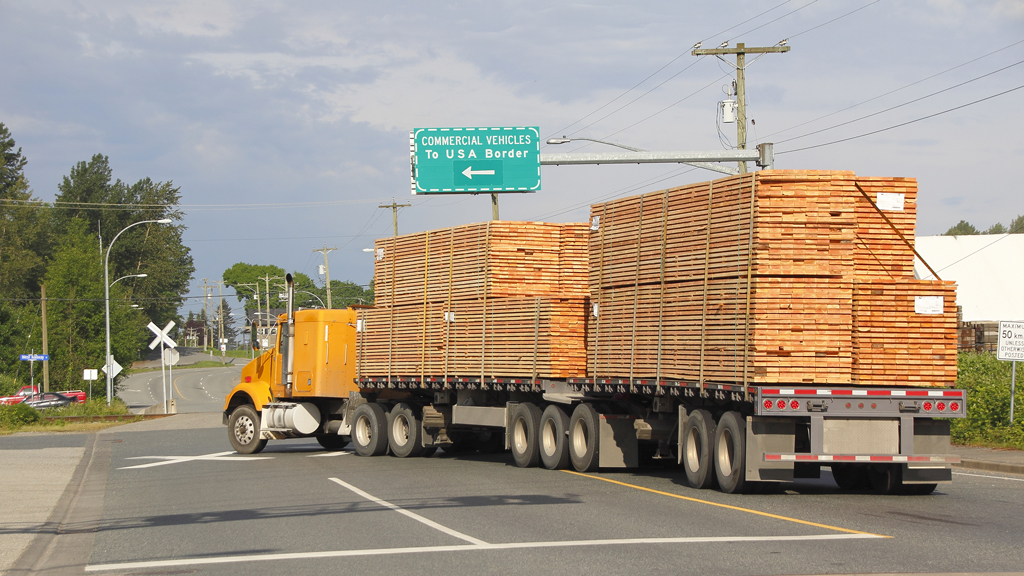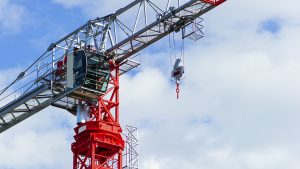Concerns expressed by Canadian homebuilders that record high lumber costs are hurting business have blazed across national headlines.
However, a conversation with Casey Edge, executive director of the Victoria Residential Builders Association, quickly reveals that increases to the costs of SPF lumber (Spruce, Pine, Fir) are only part of Canada’s home affordability issue.
“It’s a concern, but it’s a number that fluctuates,” Edge told the Daily Commercial News. “You can have a slump in lumber prices, or you can have what we have right now which are very high costs.”
Nevertheless, price increases for lumber used in home construction are staggering — currently up 100 per cent at mid-August from the 2019 annual average, according to B.C.’s Ministry of Forestry, Lands, Natural Resources and Rural Development.
As challenging as this increase is for Canadian builders, prices are further exaggerated in the United States by a 20 per cent tariff imposed on Canadian softwood.
In a letter dated Aug. 7, 2020 appealing to U.S. President Donald Trump to end the tariffs, National Association of Home Builders CEO Gerald Howard claimed American builders, “are seeing shortages of lumber resulting in an 80 per cent increase in lumber prices since mid-April. Framing lumber prices reached a record high in late July, while oriented strand board prices have increased 138 per cent over the past year.”
Supply is at the heart of the lumber pricing problem, said Edge, due largely to the actions of government. For example, the Province of British Columbia raised stumpage fees last year for trees harvested from its lands, making it uneconomical for many mills to continue and forcing them to close. Added to that has been a pine beetle infestation and recent shutdowns due to COVID-19. As a result, it is estimated that Canadian lumber production has fallen over 25 per cent, year-over-year.
Edge constantly researches homebuilding industry matters across Canada, giving him an extensive understanding of factors affecting new home prices. He said the rising cost of homebuilding is not restricted to lumber price increases. Many relate to base costs magnified by government policies.
Included are recent changes to building codes, both nationally and provincially, requiring higher levels of insulation and building envelope integrity. These in turn require more expensive air filtration and circulation systems, and radon gas mitigation, further adding to builder costs.
“One of our members who builds very green and very energy efficiently, did some number crunching on the cost effects of Tier 3 of the B.C. Energy Step Code,” said Edge. “It added $28,000 to the cost of building a new home, not including any builder profit.”
Unlike the varying price of lumber, the costs for meeting the required higher levels of energy efficiency are a fixed input.
Edge is also concerned about land transfer and inspection fees calculated on land and construction values, not on actual services provided.
“There is a difference between a fee for service and a tax,” he said. “There has to be a relationship between a fee and the service provided. If you are simply charging based on the value of construction, I don’t see where that relationship exists.”
With these factors taken together — stumpage fee increases, building code changes and land transfer and inspection fees based on values — Edge believes governments at all levels are suffering “a complete disconnect” regarding how their actions impact housing affordability in Canada.
Meanwhile, new homebuilding activity varies across the country. On one hand, the CMHC says there could be a nationwide decline of between 51 to 75 per cent in new starts in the second half of 2020.
However, single family homebuilding activity this past June in Toronto was the highest for the month since 2016 — although 12 per cent below the 10-year average. Inventories increased only slightly month-over-month, while benchmark prices were higher than ever. Consumers appear willing to pay whatever it takes.











Let’s not forget among these factors of unaffordable housing, is simply the Developers’s profit margin….and labour costs…. and with Energy efficiency legislated, the suppliers carpetbagging mentality. Building codes are low enough and a terrible excuse for “high” prices. The codes should be higher and more encompassing—remember profit margins….There’s enough greed to go around-perhaps the architectural design and infrastructure should be more closely examined.What we’re building is rather antiquated and narrow in vision.
Thankyou for your concern and your quick response! I believe profits are a large portion of the increases. Thankyou have a great day.